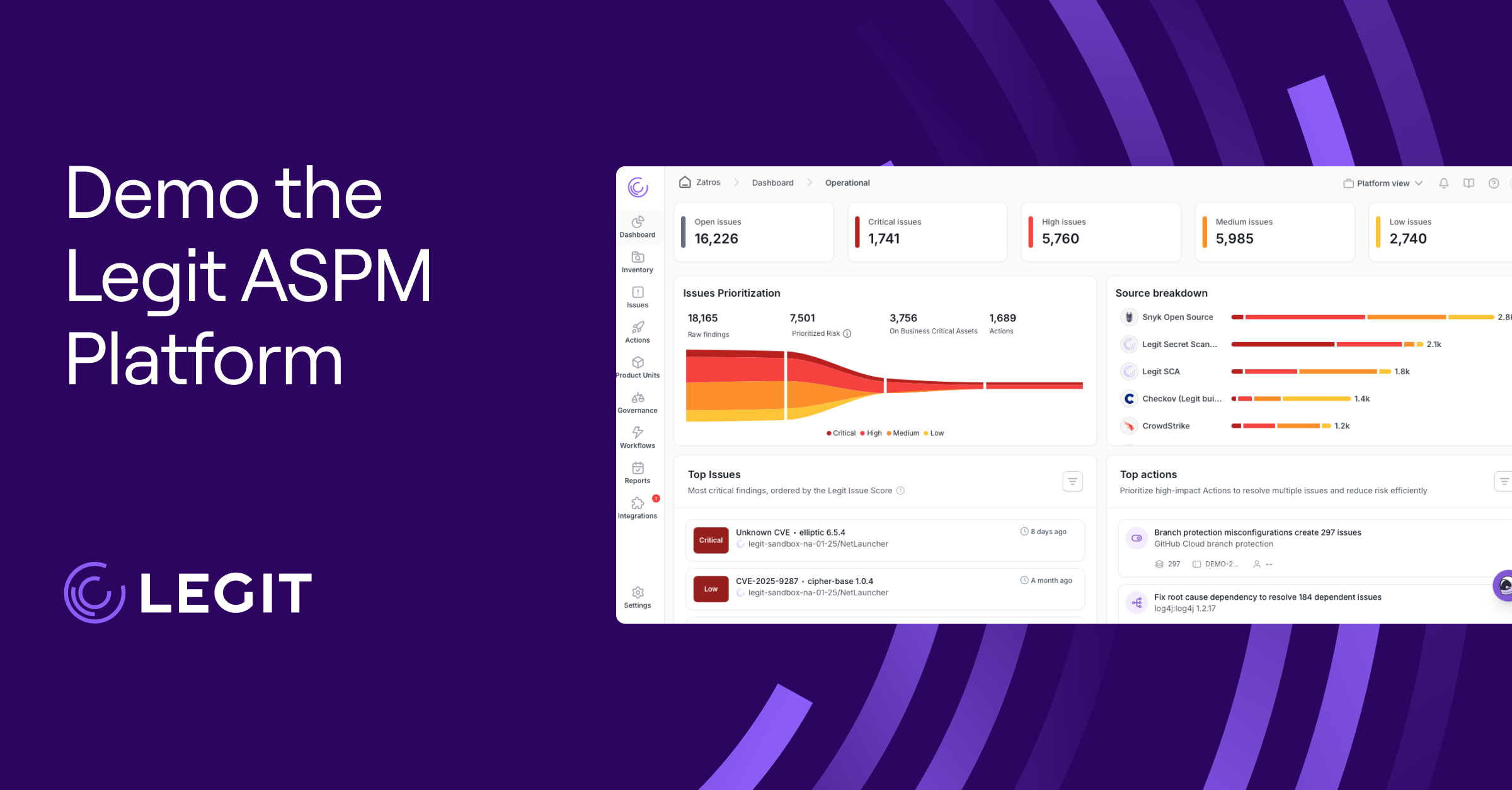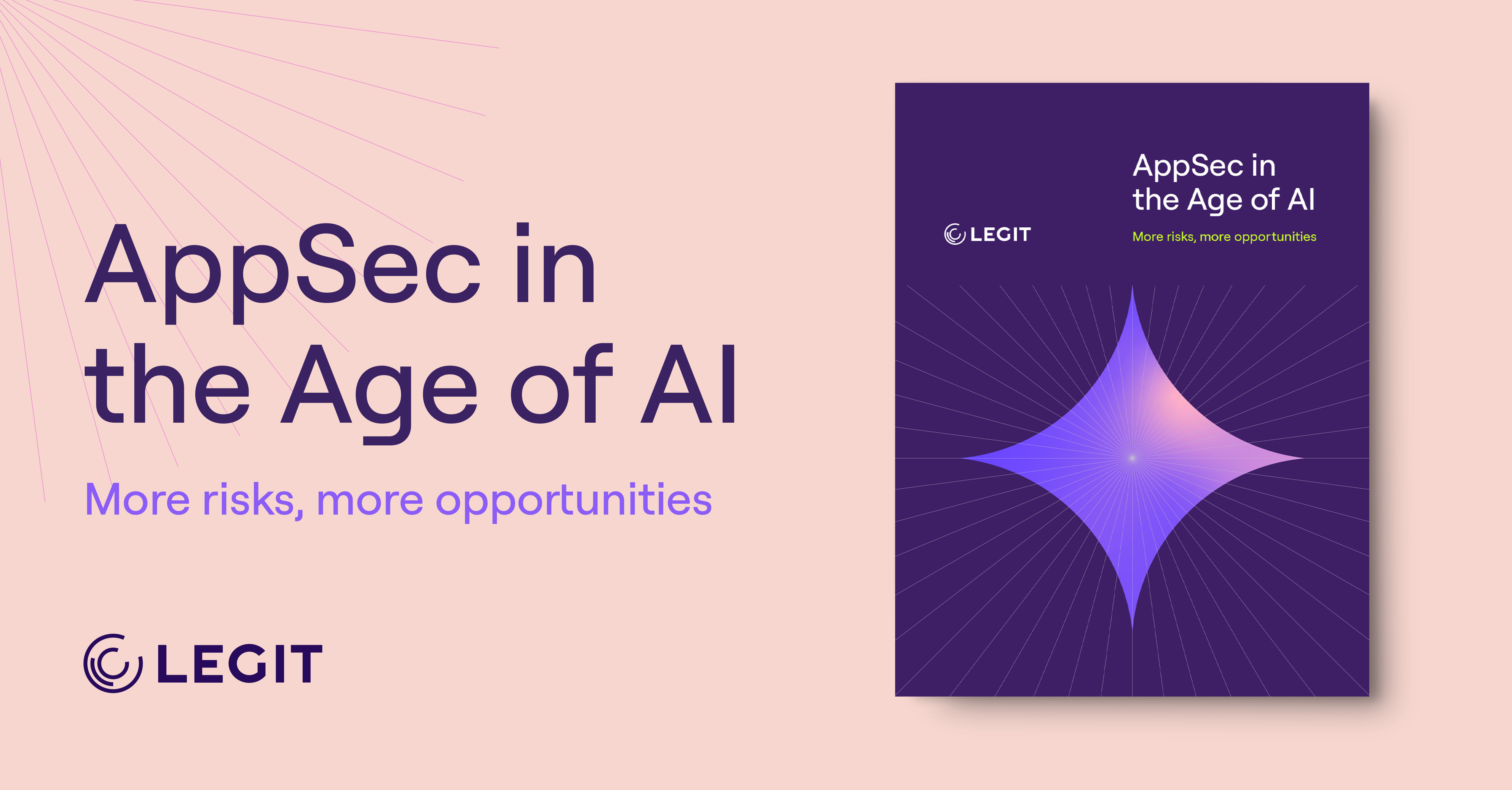AI security turns reactive processes into proactive ones. These systems detect suspicious activity faster than traditional programs and make smart suggestions, giving teams the insights and opportunity to take action and stop attacks before they happen.
But new technology brings new challenges. AI security has unfamiliar vulnerabilities that many teams aren’t ready for. While these threats seem intimidating, the right strategies let you protect your systems—so they can protect you back.
In this article, discover what AI security is, which threats to look out for, and why these systems elevate your cybersecurity posture.
What Is AI Security?
Artificial intelligence security has two meanings: the use of AI to protect systems, and the practices to defend AI software against threats and misuse. These terms often go hand-in-hand, as any team that safeguards their systems with AI must know the potential risks and ways to combat them.
AI cybersecurity tools safeguard digital systems by analyzing large amounts of data to pick out anomalies. It learns over time, adapting to evolving threats and trends. This software detects a range of attacks, from simple phishing schemes to sophisticated malware.
Defending these tools means defending your business—an attack on your AI security tool could cause workflow delays, security breaches, and total system compromise. Without tight defenses, attackers could use your AI models and infrastructure against you.
The Importance of Artificial Intelligence Protection
For some companies, AI runs nearly every part of their business, from internal fraud detection programs to external customer portals. If an attacker compromises AI software, it could leak sensitive data, allow unauthorized access, and alter its training data.
AI adoption is growing rapidly, but security isn’t. According to IBM, 97% of compromised systems lack proper AI access control and 63% of total companies don’t have an established AI governance policy. Of the surveyed attacks, 60% resulted in compromised data and 31% led to operational disruption. IBM estimates the average cost of an AI security breach was $10.22 million from 2024 to 2025.
Tight AI security protects your workflow, revenue, and reputation. It also defends your future AI infrastructure—attackers who poison training data and exploit small vulnerabilities create a snowball effect. This can result in unreliable flags and predictions, causing teams to mistrust systems and stall increased AI adoption.
Risks and Challenges to AI Systems
Here are some common challenges that AI security systems face.
Data Security Risks
AI software relies on massive company datasets that are vulnerable to attacks and tampering. When bad actors target this data, they can steal sensitive information and leak company secrets. Some attackers use prompt injections to directly ask or force the AI to divulge personal or financial details.
Complexity of AI Algorithms
AI security systems are intricate and sophisticated, which makes even veteran engineers struggle with their structure. These models can hide vulnerabilities within their complex layers, making it difficult for teams to perform thorough code audits.
Adversarial Attacks
AI continuously learns from data that tells it what’s a threat and what isn’t. Attackers often try to target AI models at this base level, inserting malicious code that poisons your system’s output. This causes the AI to start learning biased, damaging information that could set your team back months if they don’t have a recent backup.
Model Theft and Reverse Engineering
Companies pour countless resources into building unique AI models, and one security breach could compromise months of effort. Bad actors can target and reverse-engineer AI models to access intellectual property and gain a competitive advantage. This may result in deepfakes, reputational damage, and theft of proprietary information.
Supply Chain Vulnerabilities
AI supply chain attacks affect development and deployment, often targeting third-party tools and data sources. These threats are broad and can influence multiple AI models. For instance, if a bad actor infects a popular open-source library, the threat spreads to the dozens of systems relying on the library. These attacks are usually hard to detect, as they’re buried early in the supply chain where teams aren’t likely to check.
Bias, Drift, and Model Decay
AI is constantly growing and changing, which means it develops new vulnerabilities and quirks. Confusing inputs and changing user behavior can lead to a drop in performance and efficiency, giving attackers an easier way into your systems. Teams need to commit to regular audits and monitoring to catch security gaps before they emerge.
Find out how we are helping enterprises like yours secure AI-generated code.

How AI Improves Cybersecurity: Benefits Explained
While AI security can have vulnerabilities, it’s worth the effort you use to protect it. Here are the advantages of AI cybersecurity software:
- Advanced threat detection: AI tools use large datasets to understand and detect attacks in real time. These systems use human-like intelligence at near-instant speeds to catch anomalies that may slip by security experts.
- High accuracy: This software excels at identifying false positives and isolating real threats, reducing unnecessary firefighting and alert fatigue.
- Improved authentication: These systems don’t just rely on traditional access control like passwords. AI models use risk-based authentication and scan user behavior patterns to adapt security dynamically.
- Proactive response: AI can bolster defenses before attackers make their move. It can disable weak accounts, isolate vulnerable systems, and make recommendations to help your team jump in faster.
- Smart context and suggestions: AI uses logic and context to understand the meaning behind threats. It can then use conversational language to inform security teams and give them clear, actionable advice.
Best Practices for AI Security
Here are a few powerful strategies to help you design, launch, and monitor AI security systems:
- Establish formal governance policies: Determine how your company handles AI systems. Most governance frameworks cover risk management, accountability, and regulatory compliance.
- Use secure, credible data: Train your models with protected, verified data. This is a key part of artificial intelligence data security, safeguarding your systems against damaging adversarial and supply chain attacks.
- Integrate AI with your current security: Connect AI tools to your existing infrastructure, such as SIEM systems and trained security staff, to maximize performance and efficiency. This also reduces risk and disruption as you roll out a new system.
- Encourage transparency: Document your AI model’s data sources, algorithms, and behavior to reduce complexity and confusion. It’s also best to schedule regular audits so your team can keep an eye out for biases and vulnerabilities.
- Continuously retrain models: Actively retrain models to avoid drift or misuse. AI is constantly learning, so you must commit to frequent updates and maintenance.
- Follow formal frameworks: Align with official security expectations, like the standards set by the NIST AI Risk Management Framework or the Open Worldwide Application Security Project. These frameworks identify common security threats and ways to mitigate them, helping companies boost transparency and consistency.
Protect Your AI Systems With Legit Security
Tight security practices let you reap the benefits of AI and stay ahead of threats. Legit Security helps your team maintain control, providing total visibility across the software development lifecycle. This platform ensures your code is traceable and secure, so you know how your AI models grow and evolve.
Legit can discover and visualize your entire software supply chain in minutes. Enforce policies, ensure software integrity, and secure sensitive data from one platform. Book a demo to learn how Legit Security can bolster your cybersecurity effortlessly.
Download our new whitepaper.

